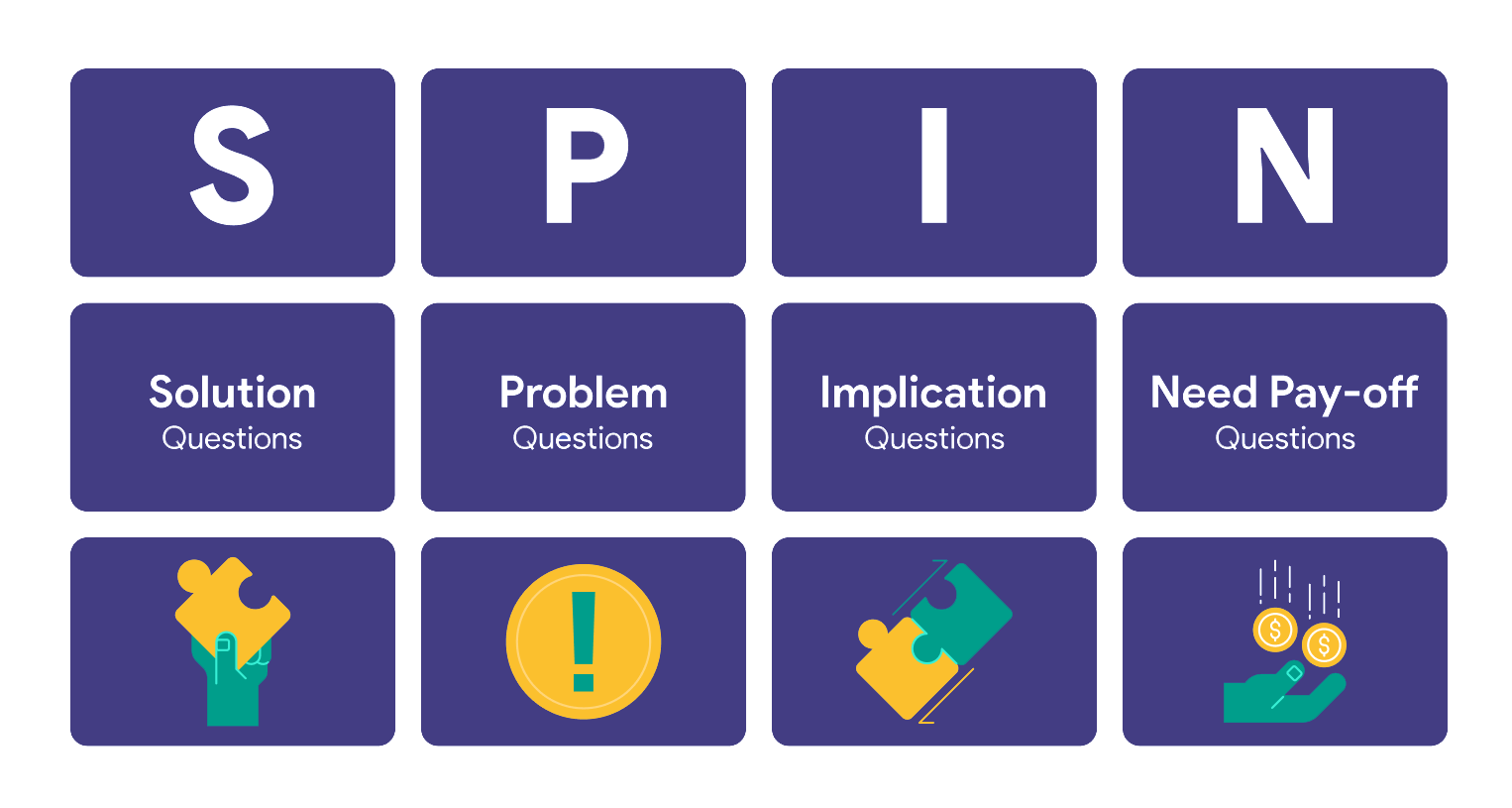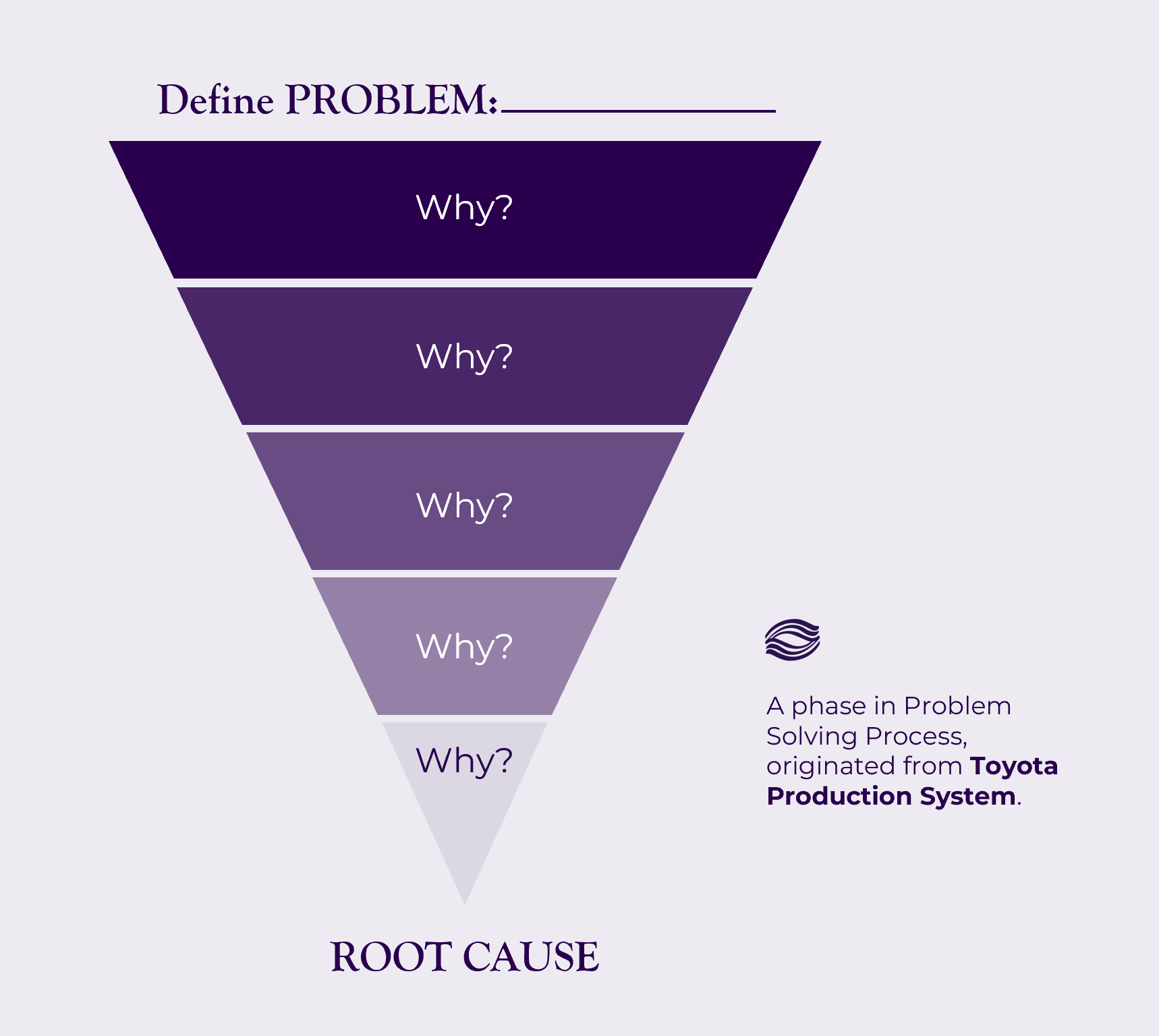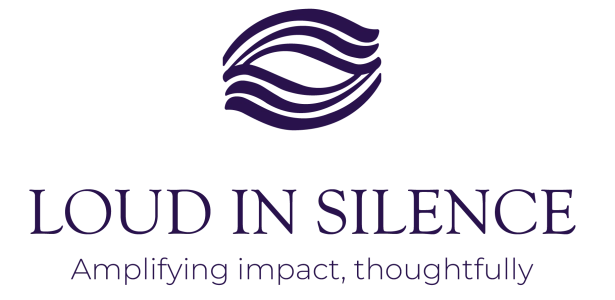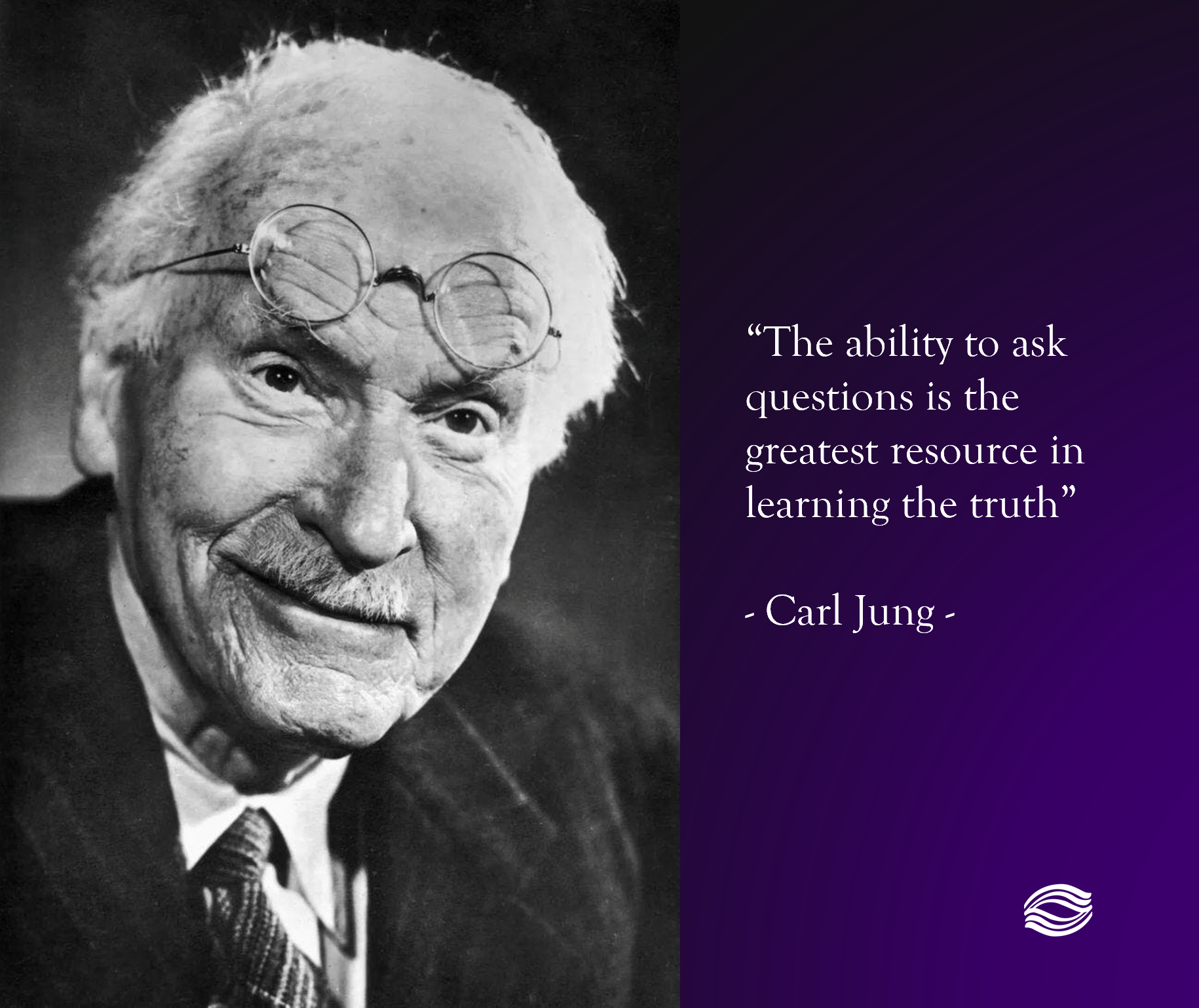We've all been there.
Killer product? Check. Dream team? Check. A budget that rivals Scrooge McDuck? Check. And yet… your marketing campaign flops. Why?
Let's be honest: In the complex world of marketing, brilliance without asking the right questions is like setting sail without a compass. You might be moving, but you're unlikely to reach your destination.
I'm not talking about those surface-level questions you jot down before a focus group - "Do you like our logo?" or "Would you recommend our product?" Those are box-ticking exercises, not genuine inquiries. I'm talking about the strategic questions that unlock profound insights, reveal hidden needs, and guide you toward marketing decisions that actually move the needle.
Over the years, navigating the marketing landscape has taught me one harsh truth: A wrong marketing decision often stems not from a lack of data, but from misinterpreted data. And that misinterpretation almost always originates from asking the wrong questions in the first place. The art of asking isn't just about gathering information; it's about crafting the right questions that serve as the bedrock upon which you build your entire marketing strategy. Think of it as your marketing GPS.
GOT: Three Pillars of Strategic Questioning in Marketing
1. Goal - Start with a Crystal-Clear Objective:
Before you even think about crafting a question, ask yourself: what specific information are you trying to uncover? What problem are you trying to solve? Are you seeking concrete, measurable data (quantitative), or rich, nuanced perspectives (qualitative)? Jumping into questioning without a clear goal is like embarking on a road trip without a map - you're bound to get lost (and frustrated).
Vague questions lead to vague, ultimately useless answers. Take this example:
- Ineffective: "How can we improve our brand?" (This is far too broad. What aspects of the brand are we even considering?)
- Effective: "How do customers perceive our brand in terms of: a) Brand Recognition, b) Customer Experience, and c) Core Value Proposition, on a scale of 1 to 10? What specific elements contribute to these ratings?" (This is laser-focused, measurable, and provides actionable insights.)
See the difference? The effective question breaks down the problem into manageable components and specifies how the answers should be measured. This allows for a more data-driven analysis and targeted improvements.
2. Open-ended - Spark Curiosity, Don't Dictate Answers
The most valuable insights often emerge from unexpected places. Avoid framing questions that box respondents into pre-defined categories. Instead, craft questions that encourage them to think critically, share their experiences, and offer their own unique perspectives.
For example:
- Ineffective:* "Did you like our new advertisement? (Yes/No)"* (This limits the response to a simple binary choice, missing out on valuable nuances.)
- Effective: "Can you recall the most memorable advertisement you've seen recently? What made it stand out?" (This question prompts the respondent to access their memories and articulate their subjective experience, revealing what truly resonates with them.)
The goal is to create space for respondents to surprise you. The best questions are those that unlock insights you never anticipated.
3. Truth - Resist the Siren Song of Confirmation Bias
We all have pre-existing beliefs and biases. The danger arises when we frame questions solely to validate those beliefs. This leads to "echo chamber" research, where you only hear what you already want to hear, blinding you to potential pitfalls and alternative perspectives.
Consider this scenario:
- Ineffective:* "Isn't our product the best option on the market?"* (This leading question practically begs for a positive response, regardless of the truth.)
- Effective: "When comparing our product to alternatives, what factors make you hesitate to choose ours?" (This open-ended question encourages honest feedback about potential weaknesses and areas for improvement.)
The key is to approach questioning with a healthy dose of skepticism. Challenge your assumptions, actively seek out dissenting opinions, and be prepared to be proven wrong. That's where the real breakthroughs lie.
Two Frameworks for Effective Questioning: Tools for the Marketing Interrogator
Now that we've established the core principles, let's explore some practical frameworks that can elevate your questioning game:
SPIN – Kỹ Thuật Khai Thác Nhu Cầu Khách Hàng
SPIN (Situation, Problem, Implication, Need-Payoff) is a powerful technique for understanding a customer's needs and pain points, particularly effective in B2B marketing. It guides the conversation from a general overview to a deep understanding of the consequences of their problems and the potential benefits of your solution.
Let's say you're a SaaS company selling project management software. Here's how you might use SPIN:
- Situation: "What tools are you currently using to manage your team's projects?"
- Problem: "What challenges are you facing with your current project management processes?"
- Implication: "How do those challenges impact your team's productivity, deadlines, and overall profitability?"
- Need-Payoff: "If you could streamline your project management process and increase team productivity by 20%, how valuable would that be to your organization?"
By progressing through these stages, you move beyond surface-level concerns and uncover the true, often unspoken, needs that drive purchasing decisions.
The 5 Whys: Drilling Down to the Root Cause
Sometimes, the initial answer to a question is merely a symptom of a deeper, underlying problem. The "5 Whys" technique forces you to repeatedly ask "why" until you reach the root cause.
Consider this scenario:
- Initial Question: "Why aren't customers buying our product?"
- Initial Answer: "Because it's too expensive."
Now, let's apply the 5 Whys:
- Why do customers think it's too expensive? → Because they're comparing it to our competitors.
- Why are they comparing it to our competitors? → Because our competitors are running promotional discounts.
- Why are the promotional discounts so appealing? → Because they clearly articulate the value proposition.
- Why is our value proposition not as clear? → Because we haven't effectively communicated our core differentiators.
- Why haven't we communicated our core differentiators effectively? → Because our marketing message is too generic.
The real issue isn't the price point; it's the lack of a compelling, well-communicated value proposition. The "5 Whys" has saved countless campaigns from failure by revealing the true source of the problem.
The Art of Asking Across Different Channels
The principles of effective questioning apply across all marketing channels, but the execution must be tailored to the specific context.
In-Person Conversations: Active Listening and Real-Time Information Processing
In face-to-face interactions, questioning becomes a dynamic dance between speaker and listener. Active listening is paramount. It means paying attention not only to the words being spoken but also to the nonverbal cues – body language, tone of voice, hesitations – that reveal deeper, often unspoken, feelings and motivations.
For instance, if a customer says, "I think your product is interesting," the word "think" suggests a lack of conviction. That's your cue to dig deeper:* "What aspects of the product are most intriguing to you? What reservations, if any, do you have?"*
Moreover, skilled marketers are adept at processing information in real time, connecting seemingly disparate pieces of information to form a coherent picture. This allows for adaptive questioning that follows the natural flow of conversation while still gathering all the necessary data. One time, I was conducting customer interviews for a restaurant. During one interview, a customer casually mentioned her frustration with another F&B brand. That seemingly offhand comment led me to uncover an unmet need, which ultimately improved our restaurant's operation.
Surveys and Questionnaires: Design Matters More Than You Think
Surveys are a cornerstone of modern market research, but their effectiveness hinges on thoughtful design. Unlike face-to-face interviews, surveys - especially online ones - lack the immediate interaction and adaptive questioning that direct conversations provide. This absence of human connection means marketers must rely heavily on their surveys' structure, language, and user experience to engage respondents and collect meaningful data.
Let's dive deeper into this topic another day…
Case Study: Positioning a Brand Through the Right Questions – The Story of a Traditional Chinese Medicine Wellness Hub
She had never run a business before, but she had over a decade of experience in Traditional Chinese Medicine. During our conversation, she asked, "I want to open a wellness spa, but where do I start? How do I help customers understand my value?"
At first glance, this seemed like a simple question. But in reality, it revealed a much deeper issue: She hadn’t clearly identified her customer persona nor the reason that made them choose this place over a typical spa or a traditional medicine clinic. The key wasn’t whether she should open a spa or a clinic. It was: When customers walk in, what do they believe this place is?
Here are the key questions from our discussion after my therapy sessions:
- What types of patients have you worked with the most before?
- Among them, which group returns the most frequently? Why?
- Which treatment methods do you feel most confident in, and which have produced the best results?
- When consulting with clients, what are the most common concerns that are difficult to address?
- If you had to choose one main customer group to focus on, what would be the biggest challenge?
- Many potential customers have inquired about your services but haven’t visited yet—what do you think is holding them back?
- If your center lacks a clear positioning, how might that affect your business operations?
- Have customers ever misunderstood your services? If so, how did that impact their decision to use them?
- If customers can’t clearly identify who your services are for, would that affect their willingness to try them?
- If customers immediately understood what makes your center different, how would that help your business?
- If you focus on the customer group with the most pressing needs, would that help refine your services and establish a clearer brand identity?
- You mentioned that the most frequent customers were those in a “gray zone” of health—not sick enough for medical treatment, but not entirely well either. Why did they keep coming back?
- Why do they choose you over other wellness centers?
- If they’re not truly sick, why don’t they go to a regular spa for relaxation?
- If they’re looking for more than relaxation, why not visit a specialized Traditional Medicine clinic?
- If your center is neither a spa nor a clinic, how do they perceive it?
- If this positioning were clearer, how would it help you retain existing customers and attract new ones?
Take a closer look at this set of questions - do you see the logic behind them?
I started with the SPIN framework, peeling back layers of thought to uncover the strongest customer segment - the ones who kept coming back. From there, we identified an invisible psychological barrier: many potential customers misunderstood what this place was.
Some assumed it was a medical clinic, which made them hesitant because they weren’t "sick enough" to need treatment. Others thought it was a beauty-focused spa, and they didn’t see themselves belonging there. Both groups hesitated - simply because they couldn’t tell if this place was meant for them.
Next, I applied the 5 Whys to dig deeper into the most crucial question: Why do customers keep returning? I didn’t need the 5th Why to get the insight: the key wasn’t in acupuncture techniques or herbal remedies - it was in how customers felt. What they truly sought wasn’t just a treatment. It was balance - a sense of restoration and well-being that they couldn’t quite define but kept returning to experience. This realization became undeniable in the last two questions.
The Outcome: A brand positioning that finally clicked. Instead of getting stuck between being a clinic or a spa, we shaped a distinct identity: A Wellness Hub for Holistic Balance - a place where people, regardless of gender or age, could restore long-term well-being through applied traditional chinese medicine.
Yes, customers don’t always know what they need. If I had simply asked, “What kind of spa do you want to open?” - I would have gone in the wrong direction. But by asking, “What are customers searching for, but don’t yet have the words to describe?” - a clear, compelling brand identity emerged.
Before launching your next campaign, stop and ask yourself: “Am I asking the right question?”. Because a single, well-crafted question can unlock insights that a million-dollar ad campaign might miss.
Any marketing questions that have frustrated you in the past? Let’s break it down together—drop your thoughts in the Contact box.





